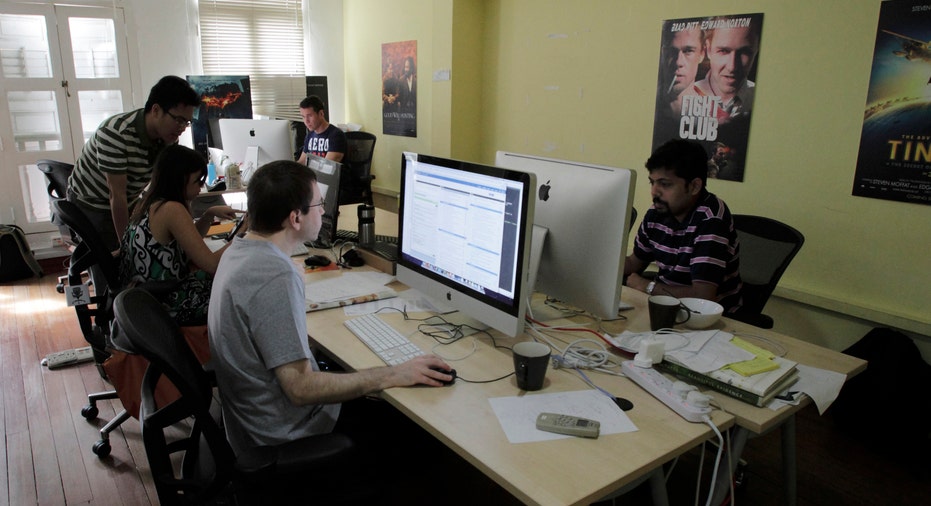Survey: Old Tech Puts Small Businesses at Big Risk

Holding on to technology for as long as possible seems like a savvy cost-cutting measure, but a new survey suggests it may be backfiring.
The Intel Small Business PC Refresh Study surveyed 736 small businesses in the U.S., Brazil, China, Germany, India and Russia and found that small business staffers lose more than one week each year due to older, malfunctioning PCs.
More than 36% of the small businesses surveyed keep PCs for more than four years. This results in a loss of 21 additional hours of work time due to repairs, maintenance and security issues, according to Intel. Additionally, computers older than four years cost an average of $427 to repair – 13 times the cost of repairing newer computers. Perhaps surprisingly, U.S. small businesses are using the oldest computers compared to the other countries, with 8% of U.S. businesses using PCs older than 5 years.
Jeffery Lauria, the director of technology at IT consultancy ICorps, says his own experience confirms Intel’s findings.
“As a computer gets older, the hard drive slows up, for example, and it affects overall speed and performance,” says Lauria. He compares it to driving an older car: The more miles you put on a car, the less reliable it becomes.
Here are three IT tips from Lauria:
No. 1: Rotate computers every 36 months.
While 36 months isn’t a hard-and-fast timeline, Lauria says the best practice for SMBs is to rotate technology every three years, which generally lines up with manufacturer warranties. Newer computers, says Lauria, are less susceptible to cyberthreats and can run newer applications more quickly and efficiently.
No. 2: Make sure computer programs are up-to-date.
Nearly half of survey respondents were unaware that Microsoft is ending support for its Windows XP platform, leaving users vulnerable to viruses and other security issues. Lauria says small business owners should make sure all programs are updated to their latest versions, systems are patched and antivirus software programs are running.
No. 3: Educate your employees.
Lauria says the majority of viruses and data leaks occur because an employee erroneously clicks or downloads something. Make sure staffers know not to download attachments from unfamiliar senders or go to sites that aren’t approved.